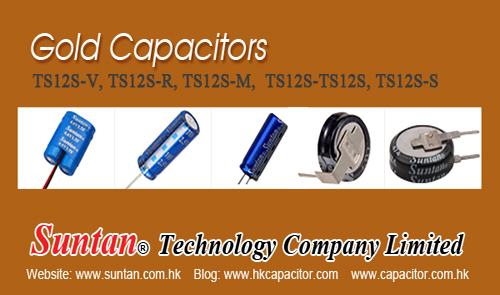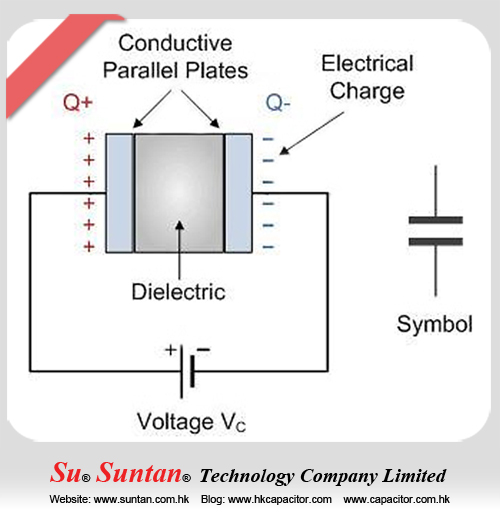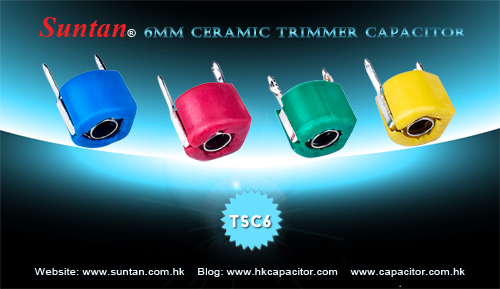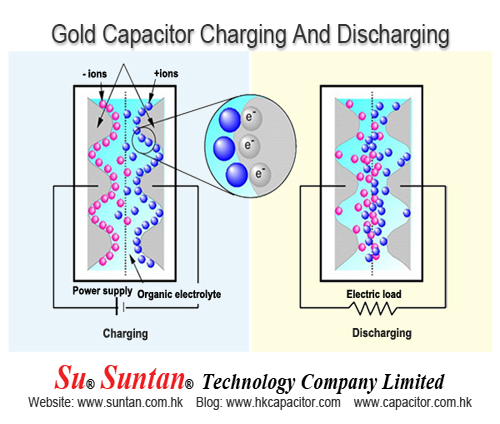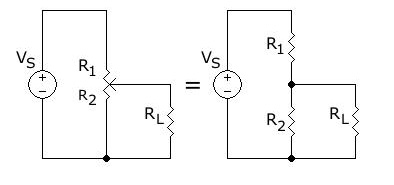Suntan Capacitor Definition
Capacitor is an electromechanical device capable of storing electrical energy (electrons). It differs from a battery, as a battery produces electrical energy as a by-product of chemical activity. A capacitor can function in a circuit like a battery. Or a resistor, or an inductor, for that matter. It can also absorb energy, turning some into heat.
A farad of capacitance is a lot of capacitance. In high voltage, we generally deal in microfarads (mfd.) or picofarads (pf) which are one millionth of a farad and one millionth of 1 millionth of a farad, respectively. Infrequently used, a nanofarad is one thousandth of a microfarad.

